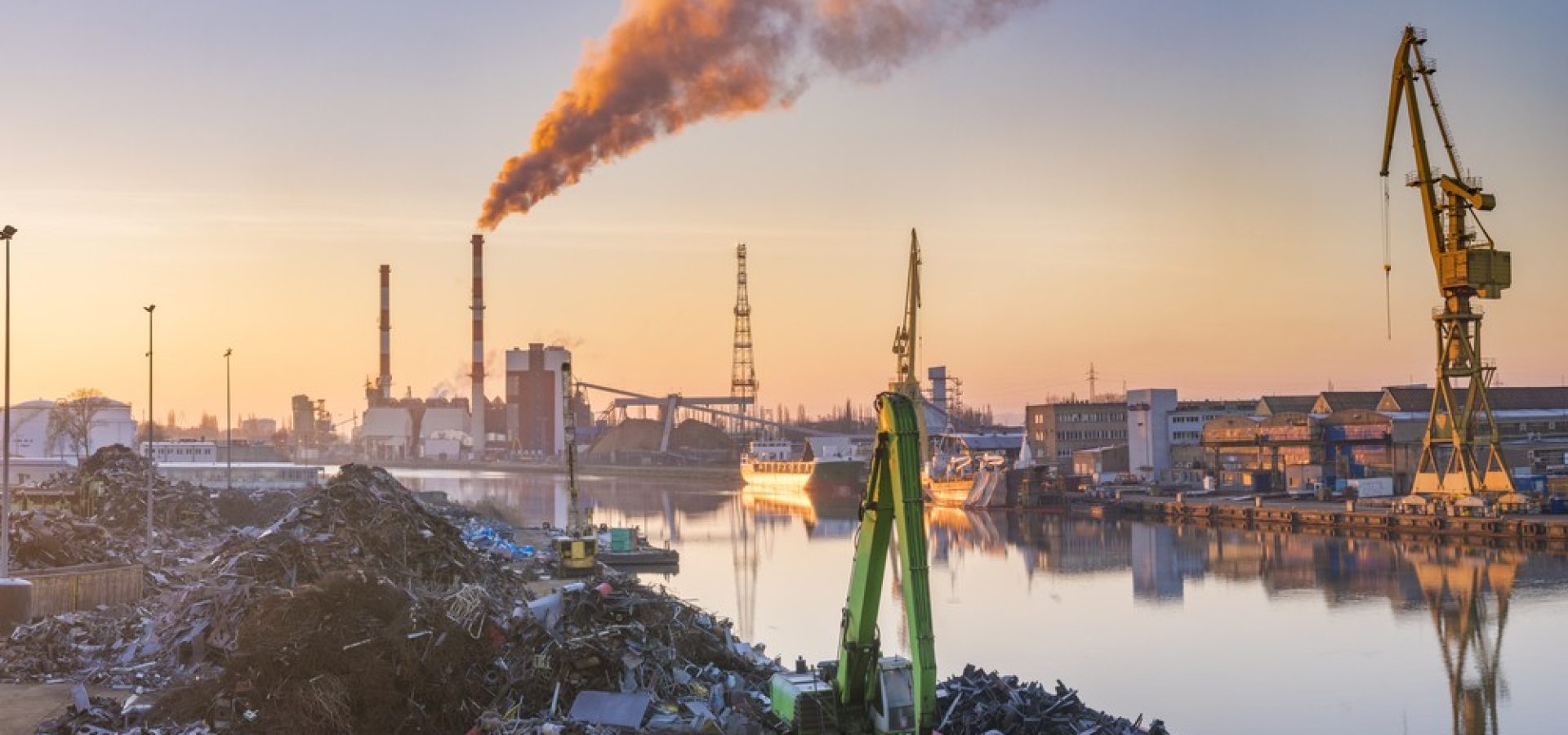Quick Look:
- Key sectors like property and infrastructure, crucial consumers of steel, show reduced demand.
- Coal Prices rose 8% in three weeks, influenced by domestic factors and thin inventories.
- China’s robust solar energy deployment contrasts traditional industries, signalling a shift.
The Chinese steel industry, a bellwether for global metal markets, is navigating a challenging landscape characterized by subdued demand from key sectors and volatile raw material prices.
China’s 2024 Steel Demand: Growth Slows to 0.9%
China’s steel demand faces headwinds, particularly from the property and infrastructure sectors, which traditionally consume about 60% of the steel produced. Despite these challenges, the manufacturing sector and exports support steel production. Notably, the growth in met coal demand remains vital for steel production. Therefore, it is projected to slow to a mere 0.9% in 2024, reaching 595.64 million metric tonnes (mt).
Coking Coal Prices Jump 8% in Three Weeks of 2024
The pricing environment for key raw materials, such as coking coal, has seen notable fluctuations. From April 11 to May 2, coking coal prices escalated from $237/mt to $256/mt, marking an 8% increase. Domestic met coke price hikes, low coke inventory, and improving margins at mills drove this surge.
However, industry insiders, including a Xiamen-based trader, suggest that this rebound may be short-lived, citing structural weaknesses in the market. Analysts echo this sentiment, pointing to a lack of fundamental improvement in downstream demand, which could hinder long-term stability.
A Geopolitical Trio Dominates 78% of China’s Met Coal Imports
The geopolitical landscape has profoundly impacted China’s import sources for met coal. Notable suppliers in 2023 include Mongolia, Russia, and Australia, collectively accounting for 78% of the imports. However, recent tax increases from these countries might cap growth in these imports, potentially complicating China’s supply chain strategies. Additionally, the informal ban between Australia and China, which paused imports for nearly two years, was lifted in 2023 but has yet to recover to pre-ban levels fully.
China’s Solar Boom: 455 GW Plan Outshines US Historical Total
Amidst these industrial challenges, China’s solar energy sector has been making significant strides. In 2023 alone, China deployed more solar capacity than the total historical installations in the USA and continues to dominate the global manufacturing supply chain for solar components. Despite challenges such as low capacity utilization and economic headwinds, China’s prospects for renewable energy are robust, with plans to deploy 455 GW of wind and solar capacity.
Inner Mongolia’s Coal Output: 25% of China’s Total
In the realm of coal production, Inner Mongolia plays a pivotal role, contributing to 25% of China’s total coal output. The competition between coal and renewable energy sources is intensifying, shaping the trajectory of China’s energy and climate policies. The region’s significant coal outputs, primarily supplied to power plants, underline the ongoing reliance on coal despite the push towards renewables.








COMMENTS